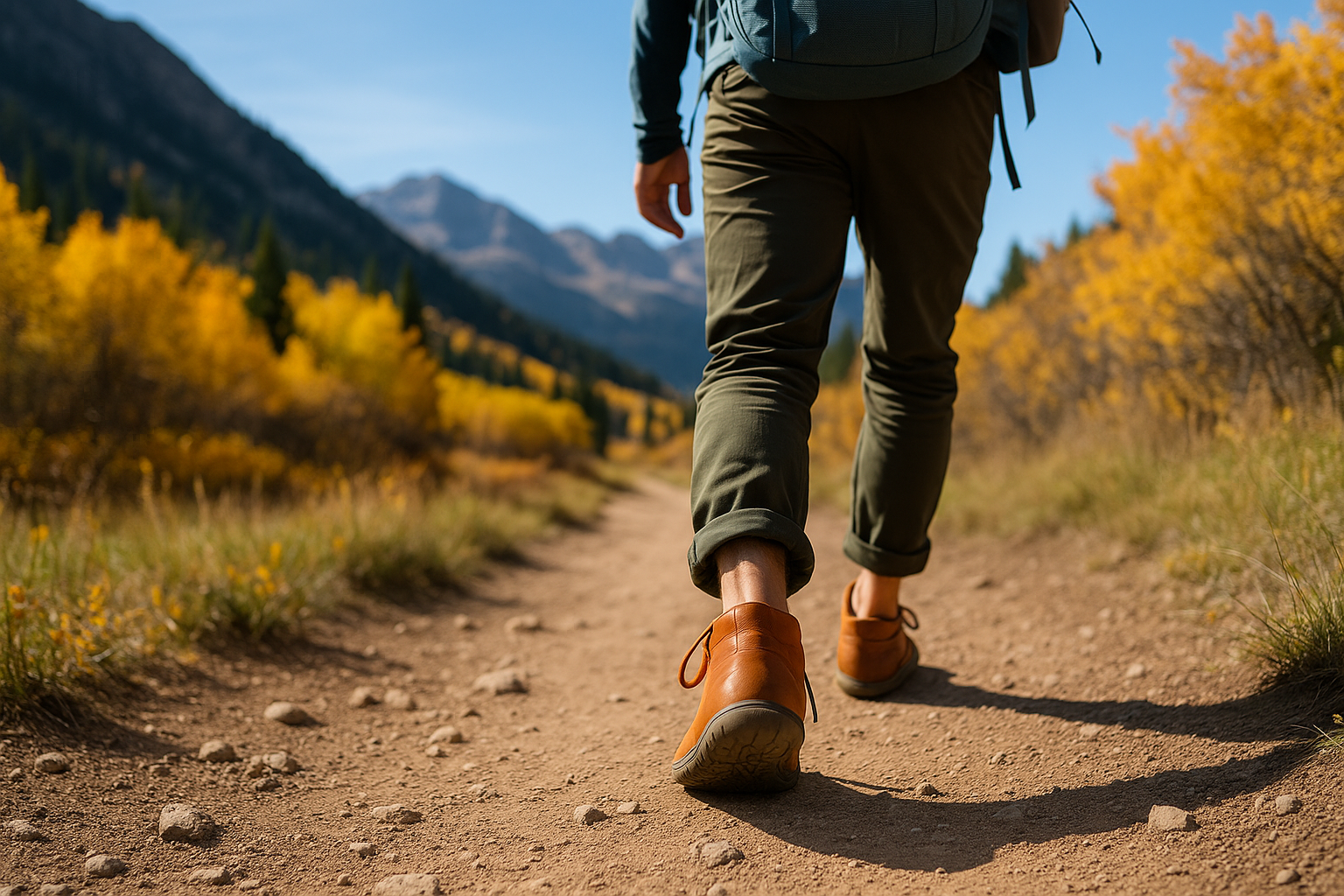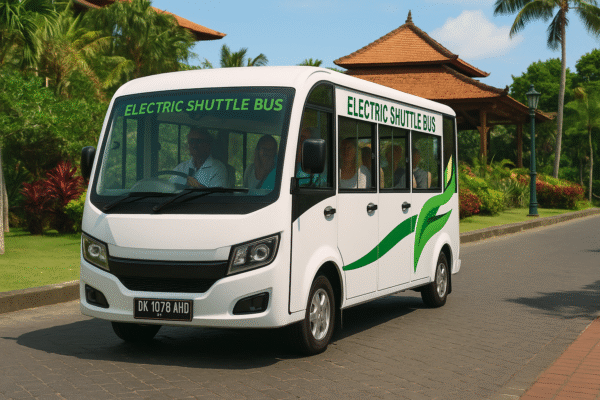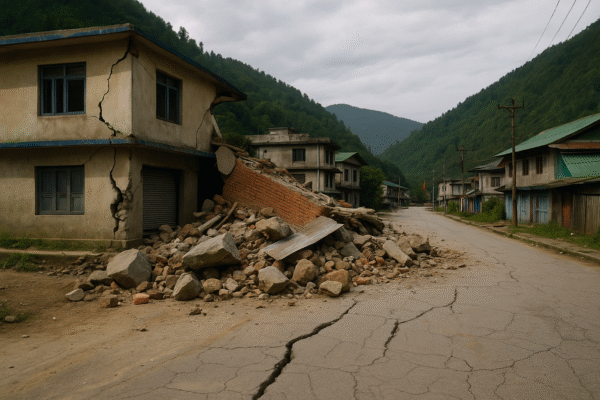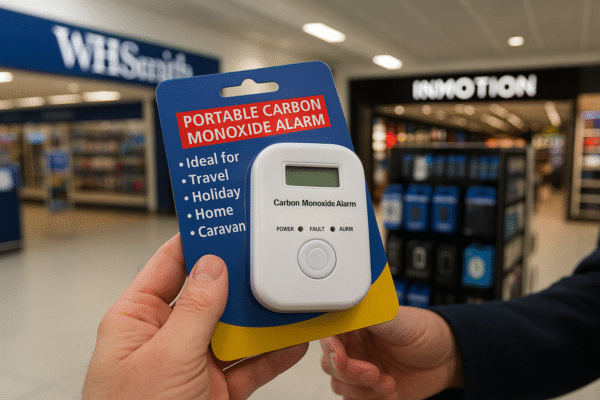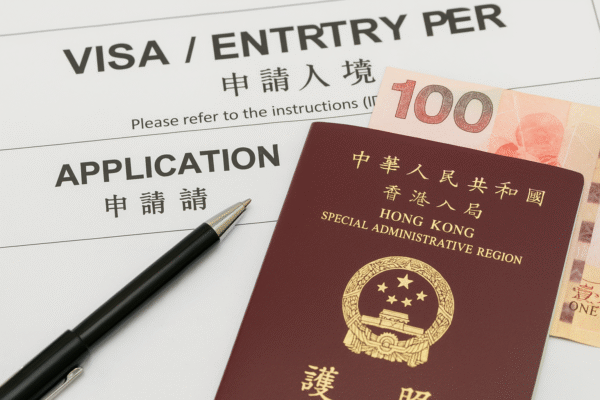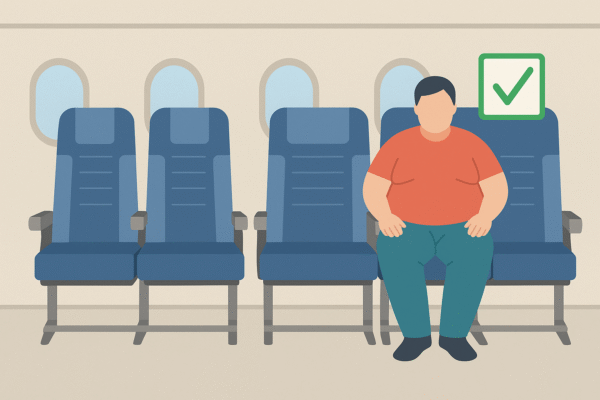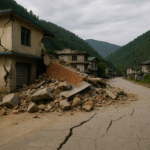On the evening of August 27, 2025, at exactly 9:34 p.m., a mild earthquake of magnitude 2.2 rattled the region near Johnsville, tucked away in Plumas County, California. The U.S. Geological Survey (USGS) pinpointed the epicenter as approximately two miles west‑southwest of Johnsville, at nearly sea‑level elevation. Though the quake was light, its occurrence stirred the local community, serving as a timely prompt for renewed awareness of seismic safety.
Noteworthy Tremors, Modest Impact
A magnitude 2.2 quake falls into the category of minor seismic activity—many are spared even feeling such gentle jolts. Typically, earthquakes between magnitudes 2.5 and 5.4 register distinctly to people, while those under 2.5 are often imperceptible. Yet even these soft shakes contribute to understanding California’s lively seismic landscape.
This tremor, though without damage, highlights that California’s geology remains a constant reminder: staying prepared matters. Reporting what you felt through local earthquake reporting systems (like USGS’ “Felt Report”) supports better mapping of seismic behavior.
When the Earth Moves: Drop, Cover, and Hold On
Should the ground tremble underfoot, the safest response remains simple and proven: Drop, Cover, and Hold On. U.S.-endorsed guidelines emphasize this approach consistently:
- If you’re indoors: Drop to your hands and knees, shield your head and neck, and seek cover under sturdy furniture. Hold on and be ready to move with it as it shifts. Stay away from windows and avoid leaving the building during shaking.
- If you’re outside: Move away from buildings, trees, power lines, and potential falling objects. Stay in open space until the tremor subsides.
- In a vehicle: Pull over safely, steer clear of bridges or overpasses, set the parking brake, and stay inside with seatbelt fastened until shaking stops.
- For individuals using mobility aids (like wheelchairs or walkers): Lock wheels, stay seated, and cover your head and neck with your arms. If possible, crawl under nearby furniture; if not, brace yourself against an interior wall away from glass.
Aftershocks: Expect and Act with Caution
Aftershocks commonly follow seismic events—even minor ones. Though usually weaker, they can surprise and cause additional risks. Staying alert after an initial quake is crucial; react swiftly using the same safety steps.
In more significant tremors, aftershocks might range up to or beyond the original magnitude, reinforcing the need for preparedness. Planning ahead, practicing safety drills, and keeping emergency supplies accessible make a real difference.
Build Your Earthquake Preparedness Foundation
Having a readiness mindset and resources increases survival odds in any seismic scenario. Government sources advise these key actions:
- Practice safety drills (e.g., Drop‑Cover‑Hold On) at least twice per year to build automatic response habits.
- Secure your space: Anchor bookshelves and heavy furniture, store breakables in lower cabinets, and avoid placing items above beds or sofas that may fall during shaking.
- Assemble an emergency kit: Include essentials like water, non‑perishable food, a first‑aid kit, flashlight, battery, medicine, whistle, and tools for shutting off gas or water.
- Plan communication and evacuation: Identify safe meeting places, designate an out‑of‑state contact, and plan how to reach household members if separated.
Growing Awareness: Earthquake Alerts and Infrastructure
Modern systems like ShakeAlert offer California residents a vital early-warning advantage. These systems detect initial seismic waves and deliver alerts—via apps or emergency alerts—to give seconds of warning before stronger shaking arrives. These precious moments allow individuals to move into safety and infrastructure systems, like transit, to take automated protective measures.
Final Thoughts: Small Quake, Big Lessons
That minor 2.2-magnitude quake near Johnsville may have caused no damage, but it’s a timely reminder: seismic activity is ever-present in California. Being ready—through California earthquake safety, knowing to drop, cover and hold on, and maintaining strong earthquake preparedness tips—can make all the difference.
Whether shaking is barely perceptible or forceful enough to rattle nerves, understanding how to react and having a plan ensures that residents stay safe. Keep practicing safety, securing your home, and staying aware—so when the earth moves, you’re ready.
For more travel news like this, keep reading Global Travel Wire

